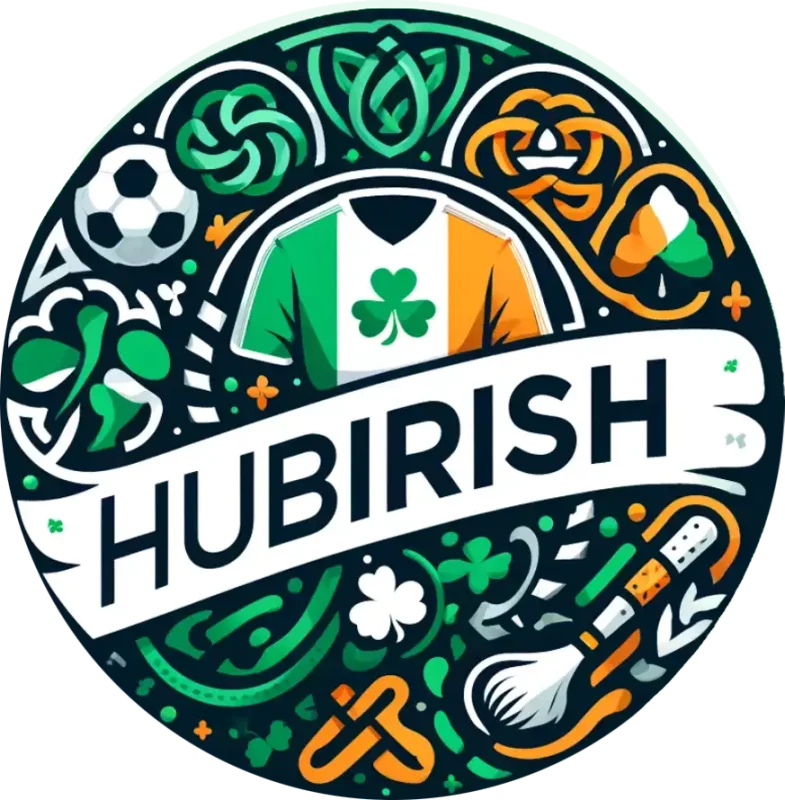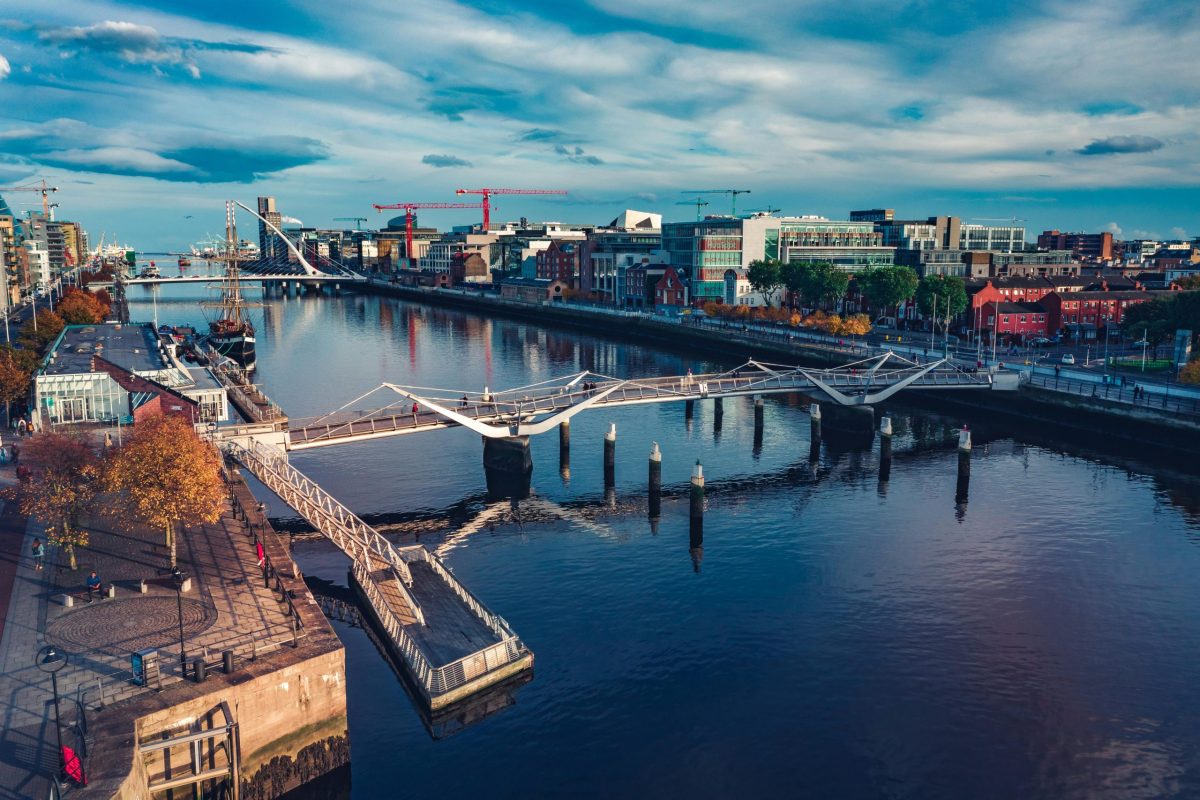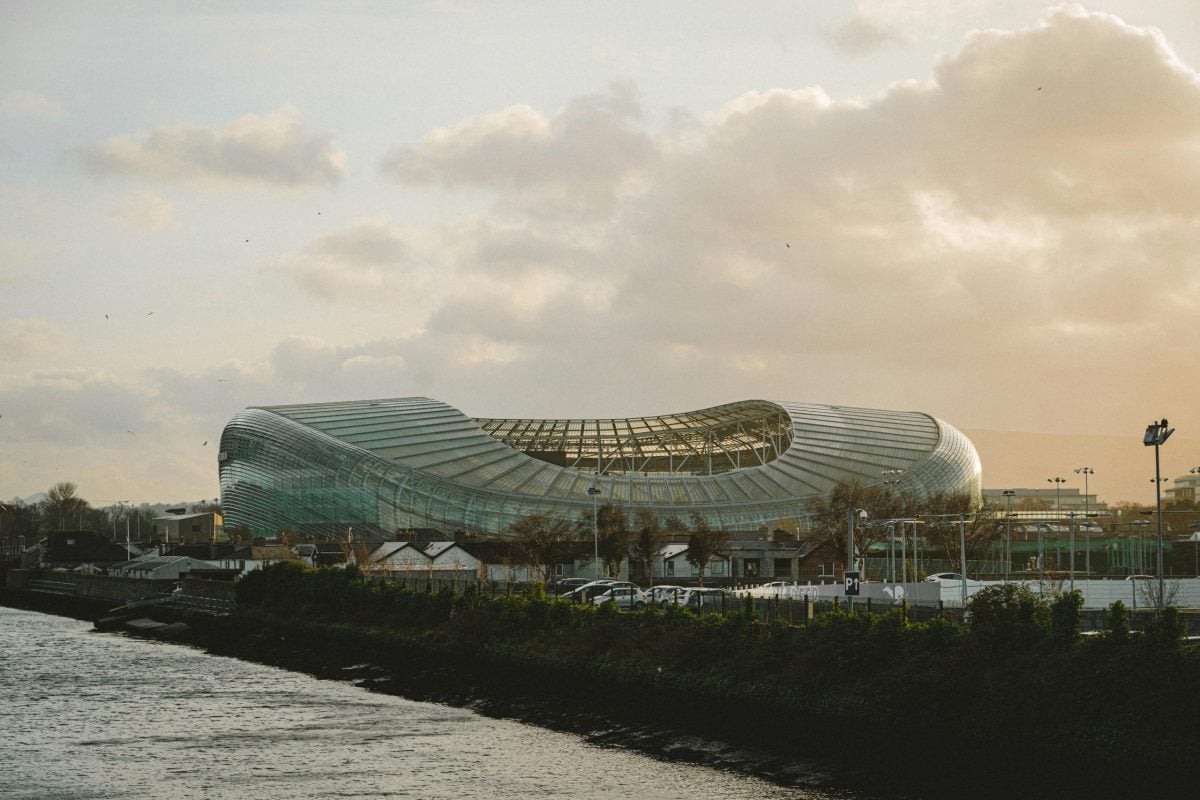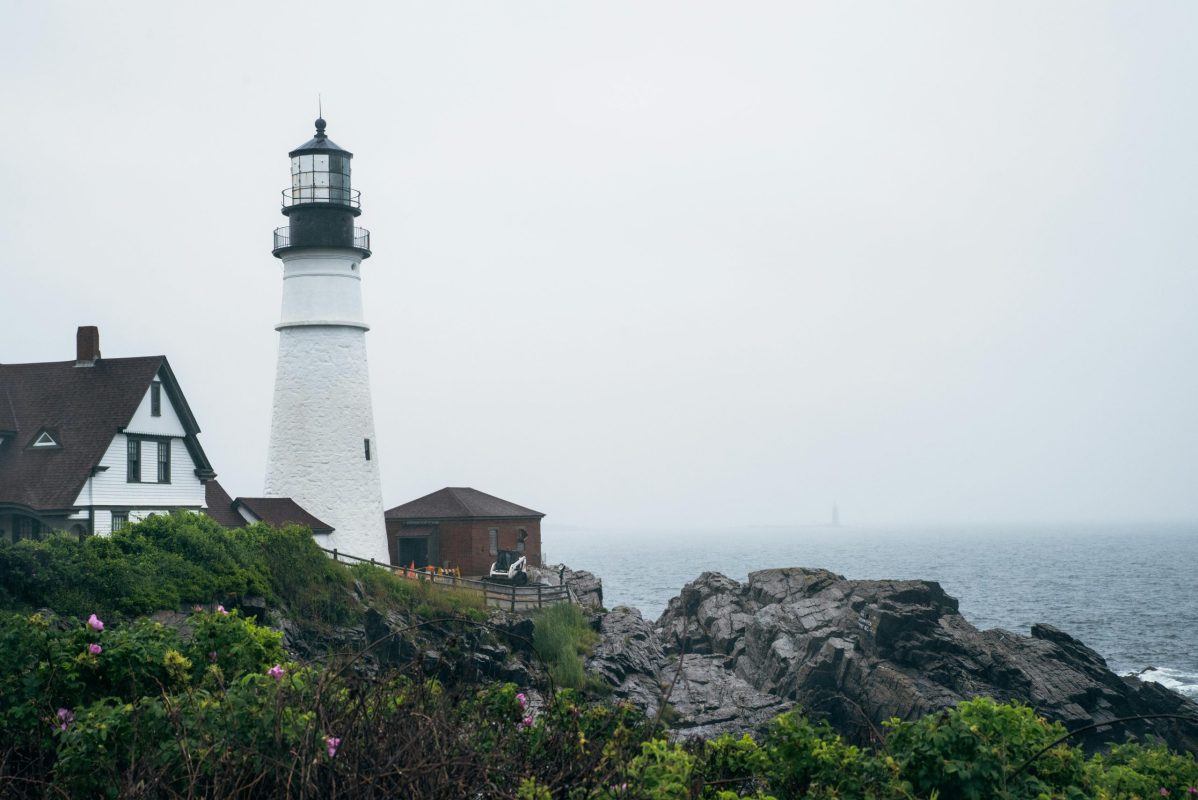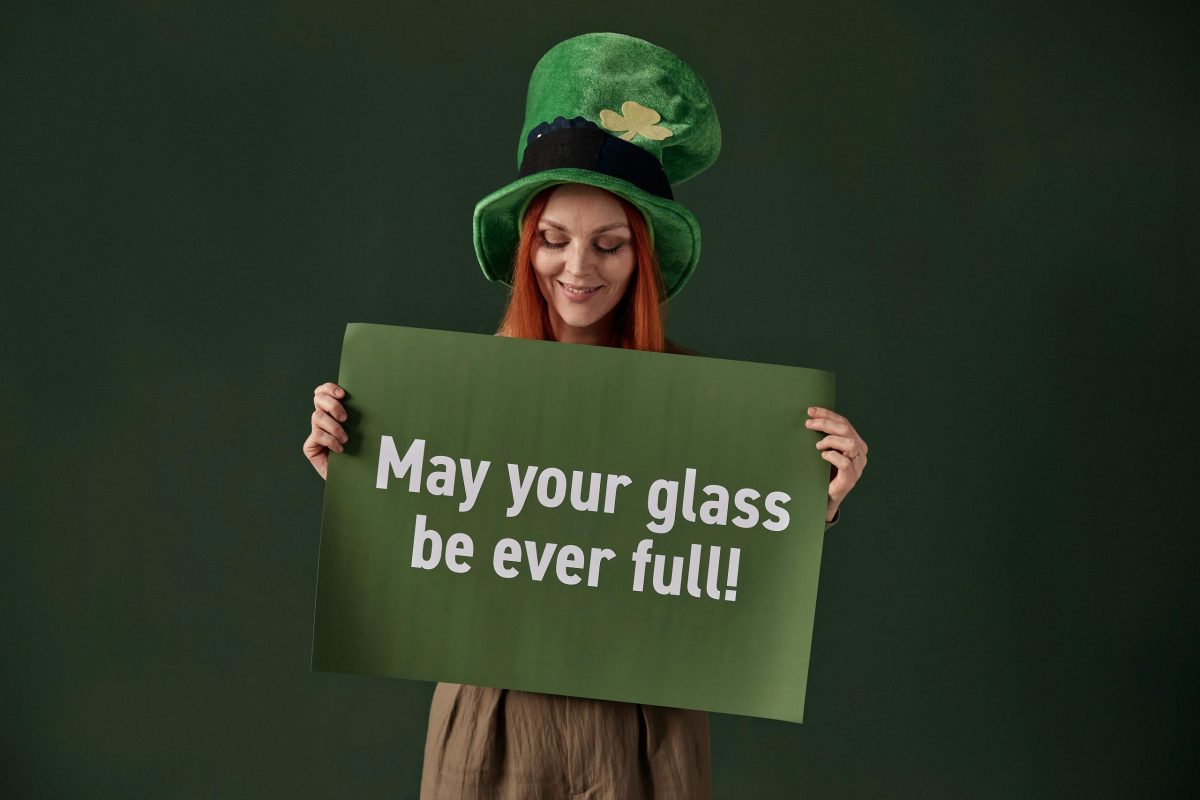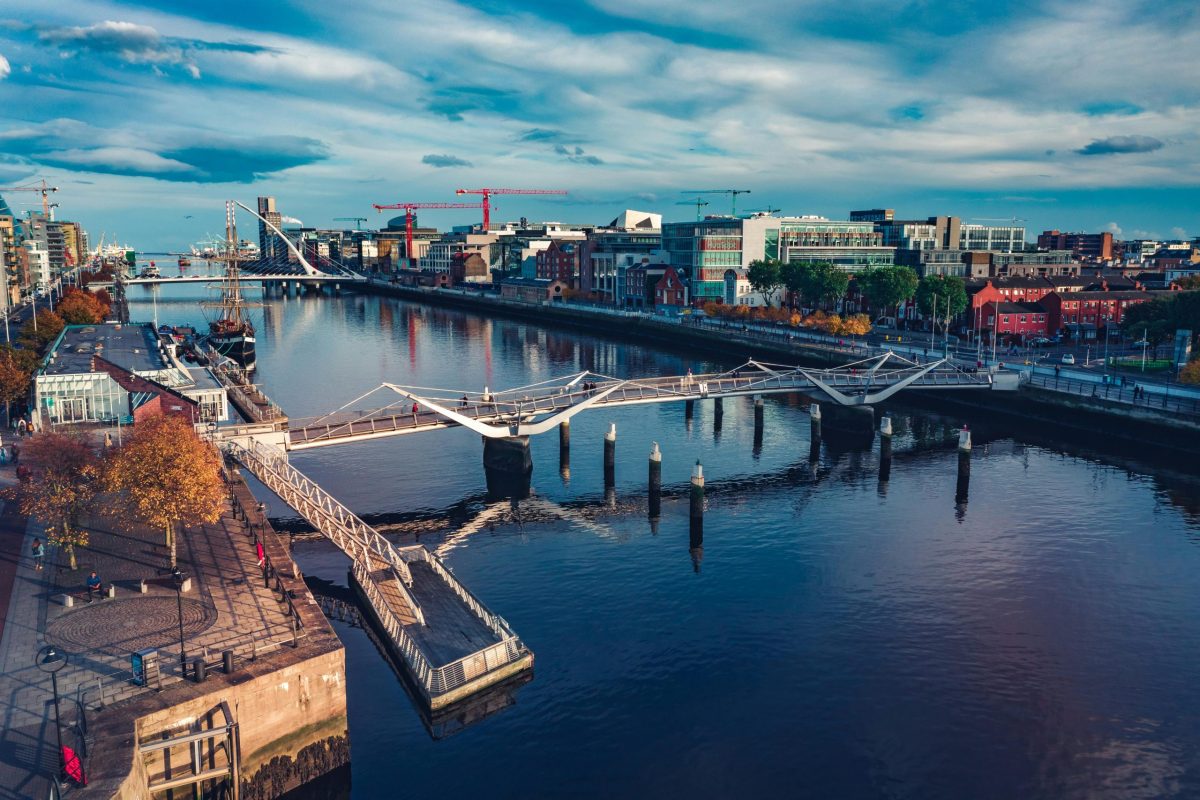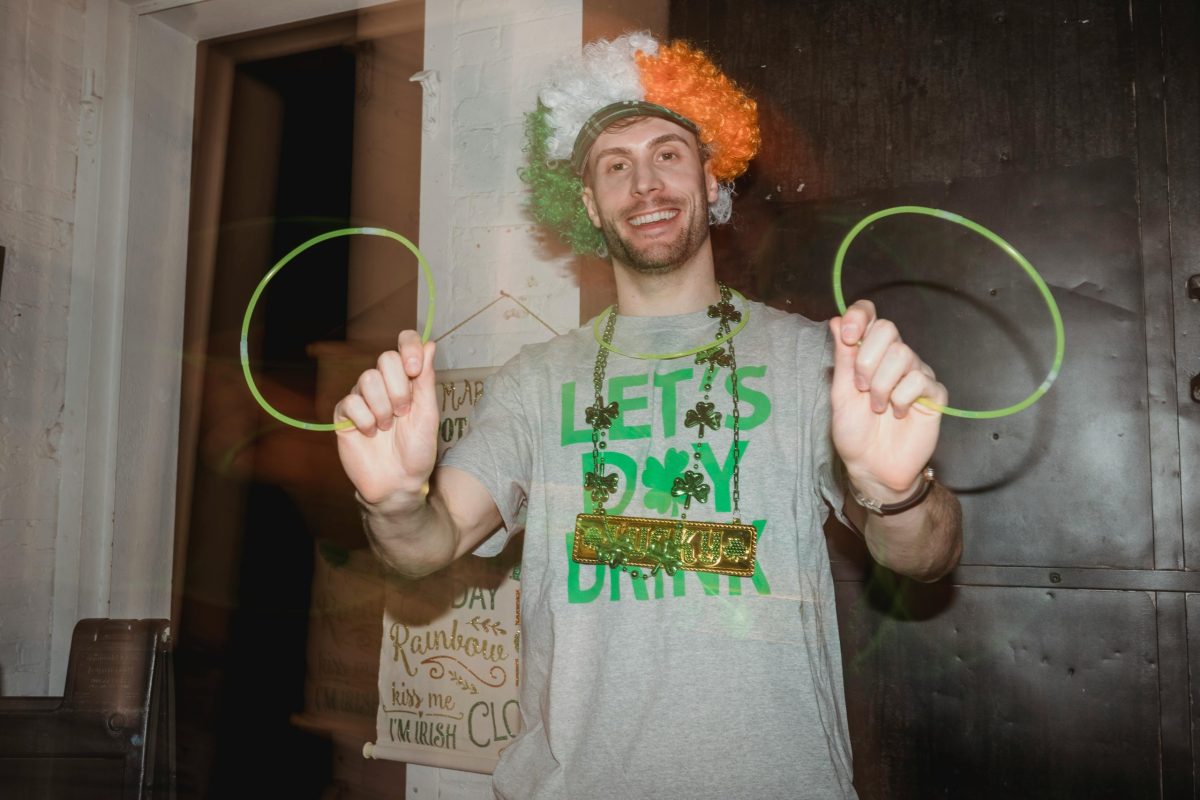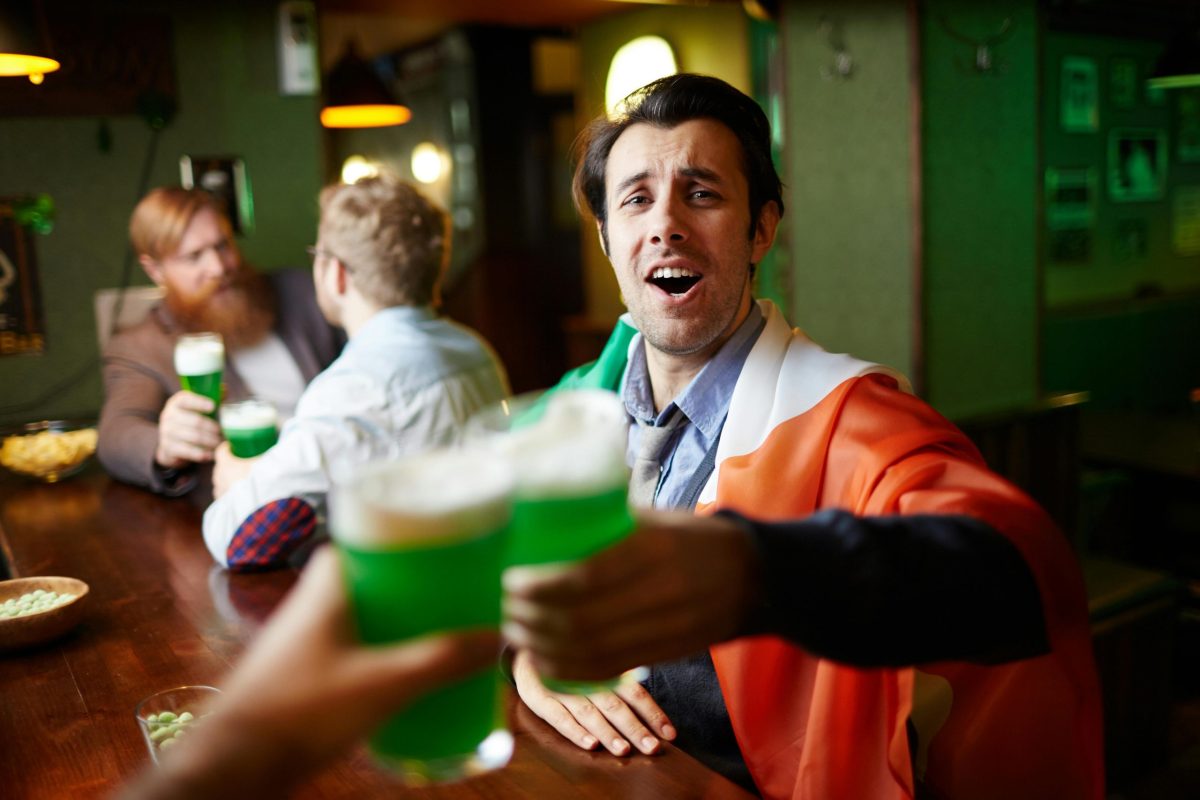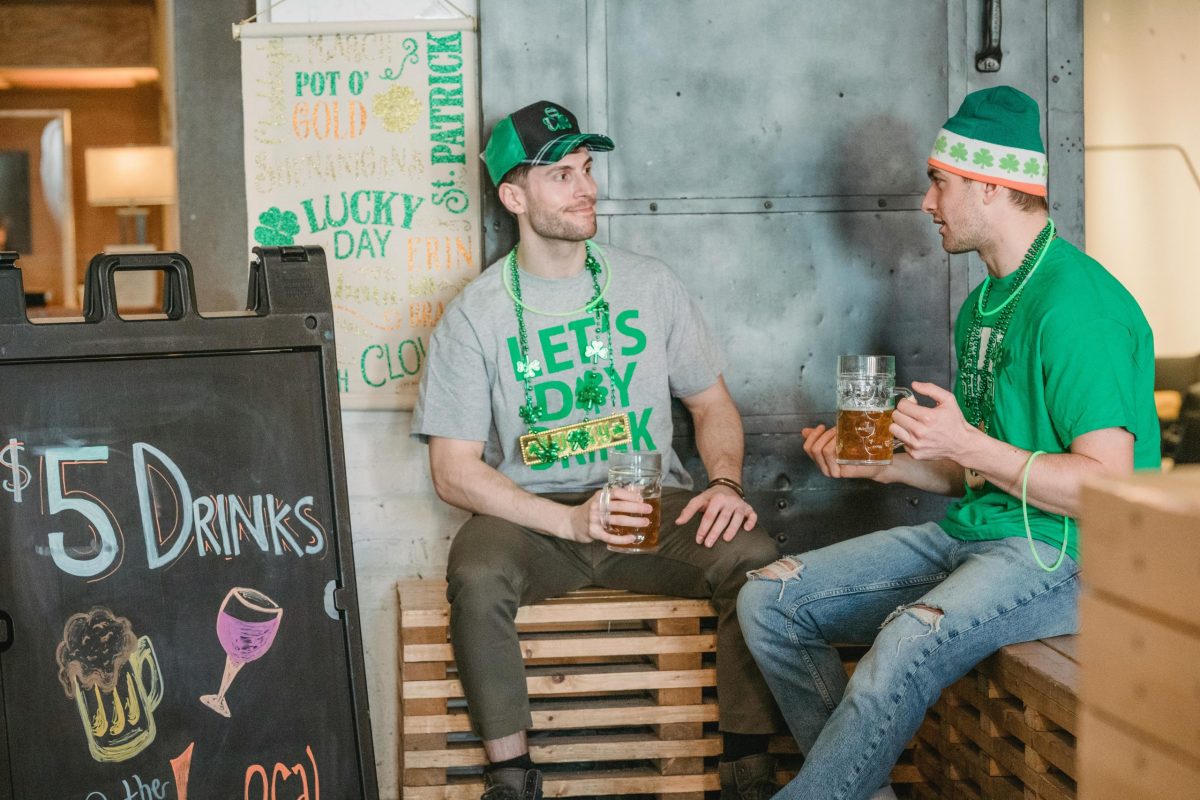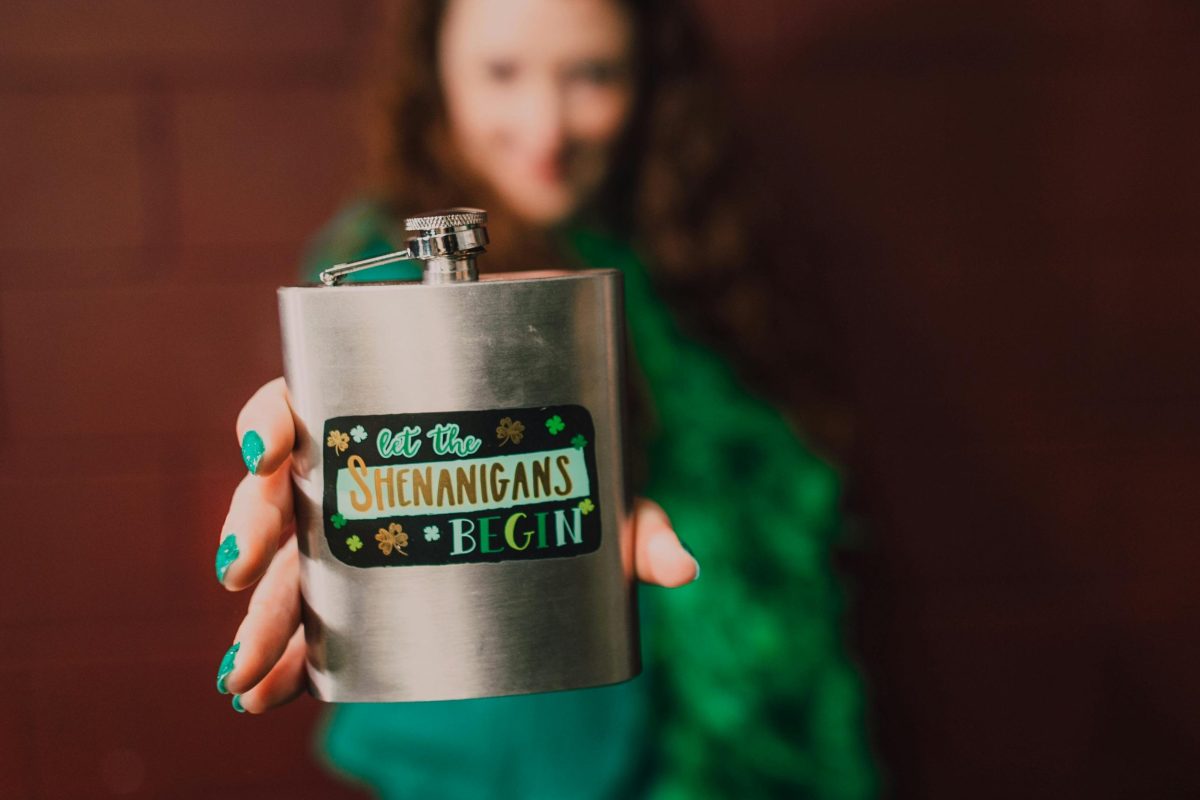The Day the Shamrock Rose: How Irish Diaspora Changed the Face of American Culture Forever
Estimated reading time: 7 minutes
Key Takeaways
- The Irish diaspora profoundly influenced American culture through music and identity.
- St. Patrick’s Day evolved into a global celebration of Irish heritage.
- Resilience of the Irish people is reflected in their enduring cultural traditions.
Table of Contents
Introduction
The Heart of the Story
The Wider Echo
The Now & The Next
Did You Know?
FAQs
Final Word
Introduction
Once upon a misty morning in a dimly-lit pub, the air thick with the scent of stout, an old fella regaled us with a tale of shamrocks traveling across the Atlantic. A tale of hardship, heart, and the spirit of those who left their roots behind yet held their heads high. This is a swirl of pride, rebellion, and glory — how the Irish diaspora has carved out a soul in the great American tapestry, leaving a mark deeper than the grooves of any old fiddle.
The Heart of the Story
Picture it now: the winding lanes of Kerry, where folk sang of longing as they waved goodbye to parents, lovers, and fields of green. As they set sail on rickety boats, hope and despair roiled in their hearts. They arrived in a land where the skies were gray and the roads paved with dreams yet unfulfilled. But they brought their stories and their tunes, sowing seeds of culture that would bloom in the unlikeliest of places, from the bustling streets of Boston to the quiet corners of Chicago.
These new Irish Americans held onto their identity through music and dance, from fiddles thrumming in the back rooms of taverns to the sound of clinking glasses as rebel songs rose in defiance against the oppressors. The echoes of a distant homeland rang out, filling the streets with laughter and lament, mixing with the jazz and blues, creating a symphony of cultures.
The Wider Echo
As we look back, we see it — this isn’t just a tale of individuals. It’s the rise of the Irish in America that screams resilience. By the end of the 19th century, nearly a third of all the pub owners in New York City were Irish. The shamrock, once a mere weed in the fields of Galway, now graced the rooftops of skyscrapers and the caps of baseball teams. It became a badge of honor, and St. Patrick’s Day transformed from a quiet reflection in rural towns to the world’s biggest party, a celebration of a heritage that none dared to forget.
In the words of Eamon de Valera, “The Irish have not mislaid their nationalities; they wear them as a badge of honor.” And as the Irish flag was raised, it wasn’t just a piece of cloth; it was the spirit of a people — fierce, proud, full of life. Each heartbeat of the diaspora echoed in every celebration, every struggle, and every triumph in the face of adversity.
The Now & The Next
Today, as we sit in cafés in Dublin or bars in San Francisco, we find ourselves in a world where the history of our migration whispers through the cities we call home. The housing crisis haunts families, from Cork to Corktown, as stories of old poverty linger like the ghost of a banshee. But even in struggle, we thrive — Irish identity bubbles in the froth of pints and the triumphant cries at GAA matches abroad. A kid in a Kerry jersey in New York is more than a garment; it’s a heartbreak and a hope, a cry for acceptance, a connection to roots long buried but never forgotten. Those emerald threads that tie us together are stronger than steel.
Did You Know?
- Over 10% of the U.S. population claims Irish ancestry, forever altering American culture and identity.
- St. Patrick’s Day is celebrated in more countries than any national festival, bringing waves of green and shamrocks across the globe.
FAQs
What are the roots of Irish-American music?
Irish-American music developed from the blending of traditional Irish music and other cultural influences, giving birth to genres like Celtic punk and folk pop. Find your piece of history with an authentic art piece inspired by this vibrant culture.
Why is St. Patrick’s Day so globally significant?
It’s a day where everyone embraces the Irish spirit, celebrating resilience and joy. From the Irish diaspora in America to the streets of Dublin, everyone wears green and shares a story — and perhaps a pint or two.
Final Word
So, raise your glass in celebration of our past, present, and future. For every shamrock that travels far, there’s a heart that beats strong — a reminder of where we come from and who we are. If you carry the same pride we do, you’ll find a piece of home waiting at HubIrish.com.
